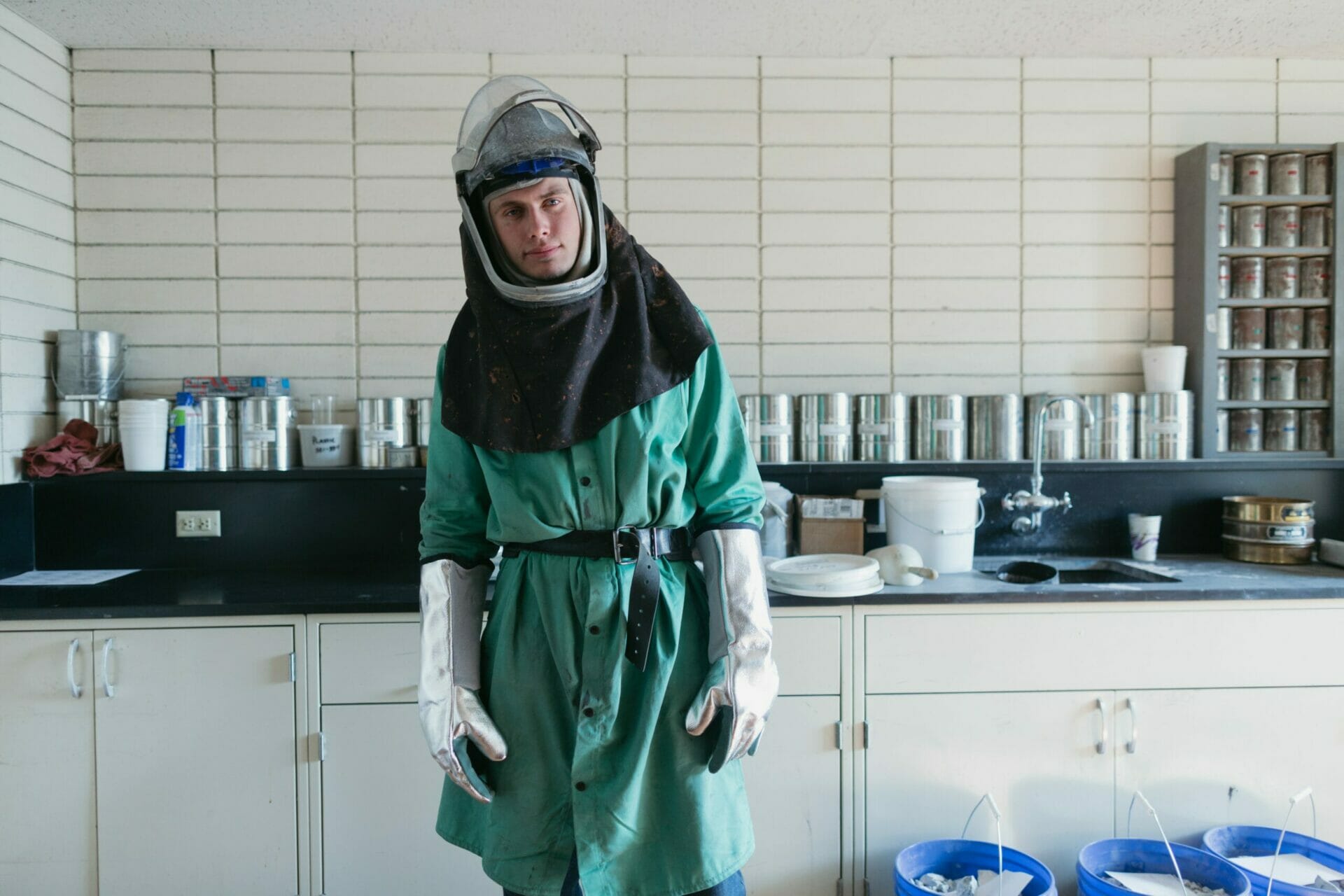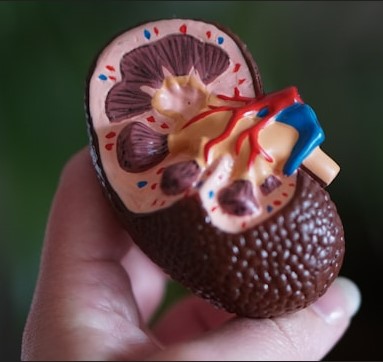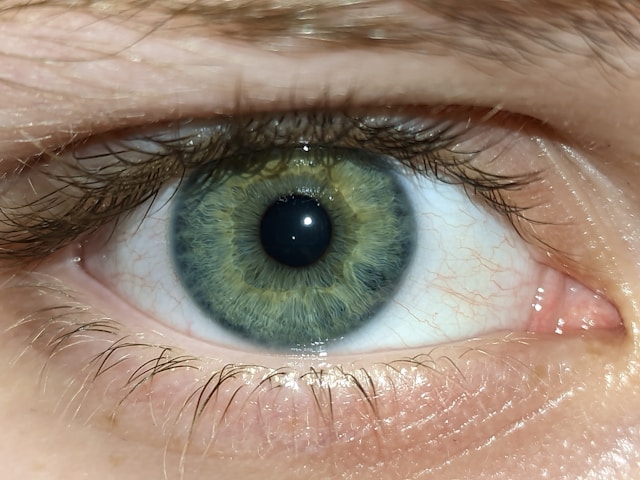 Until recently, scientists focused almost solely on how microbes negatively affect humans. There has since been a realization that some microorganisms are actually beneficial to human health.
Until recently, scientists focused almost solely on how microbes negatively affect humans. There has since been a realization that some microorganisms are actually beneficial to human health.
Let’s first of all define some terms:
- The microbiota is the collection of microbes that live in and on the human body. The microbiota microorganisms contain about 30-50 trillion cells, bacteria make up the bulk The human body itself contains about 37 trillion human cells.
- The microbiome refers to the combined genetic material of the microorganisms in a particular environment
Top Ten Facts About the Microbiome
- Microbial genes significantly influence how the body operates.
- They impact aging, digestion, the immune system, mood and more
- There are approximately 3.3 million microbial genes in the human body (and 2,000 functional human genes)
- Microbial genes outnumber human genes by a ratio of 100:1
- 99% of human metabolic functions in the human body are coded for bacterial DNA )
- Everyone’s individual microbiome is as unique as their fingerprint and comprised of hundreds of different types of bacteria.
- The specific number of bacteria cells varies throughout the day and is always turning over.
- The microbes that live in your body are determined by what you’re exposed to and these colonies are constantly in flux. Geography, health status, stress, diet, age, gender, and everything you touch all affect the composition of your microbiota
- We depend on a vast army of microbes to stay alive: a microbiome that protects us against germs, breaks down food to release energy, and produces vitamins
- Gut bacteria have the ability to produce the enzymes required to break down complicated nutrients.





























